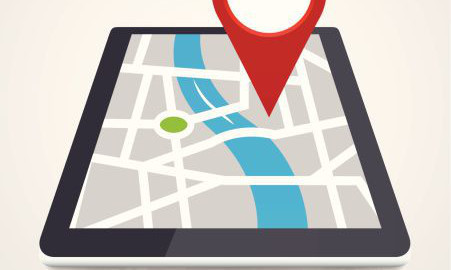
Chances are the beautiful summer weather inspired a few day trips and Sunday drives but how many of us reached our destination without getting lost?
Not many, if recently-released research is to be believed.
Almost half (42%) of people refuse to openly admit when they get lost for fear of embarrassment, while more than a quarter (26%) won’t seek help and ask for directions, despite being lost.
It’ll come as no surprise to read that 27% more men than women admit to being too proud to ask for directions.
And those relaxing drives can quickly become fraught, with more than a third of the 2,000 people who were surveyed revealing they regularly find themselves in arguments with their partner over directions.
None of this will come as a shock when it’s revealed 38% of Scots don’t know how to navigate using a traditional map and need to rely on guided directions to help them.
The figures come from GPS specialists Garmin to mark the company’s 25th anniversary.
The global leader in sat navs found that nearly a quarter of people surveyed are heavily reliant on using their GPS devices, even using it for journeys they make often.
Kirsty Quartley, Garmin’s PND product manager, said: “Technology plays an integral role in almost everything we do, so much so that our Generation Y unequivocally view it not as a luxury but as a life necessity.
“The research highlights just how reliant we are on technology to help get us through our everyday routines and it’s becoming increasingly clear that without it, people simply feel ‘lost’. As is the case without the security of some form of navigation device nearby, that becomes literal.
“Our sat nav usage has evolved over time from being a tool that just gets you from A to B to delivering features that help reduce the stress of driving.
“Sat navs are also doing their bit to make sure you operate more safely in the car with many products offering hands-free calling, voice-activated navigation and audible prompts.
“No more excuses of ‘traffic made me late’ and no more arguing about whether you’re in the right lane the sat nav is right!”

Enjoy the convenience of having The Sunday Post delivered as a digital ePaper straight to your smartphone, tablet or computer.
Subscribe for only £5.49 a month and enjoy all the benefits of the printed paper as a digital replica.
Subscribe